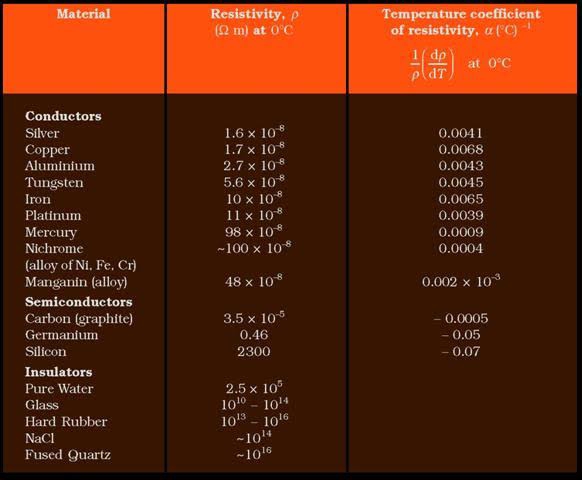- Books Name
- Physics Book Part l and ll
- Publication
- Grow Career Publication
- Course
- CBSE Class 12
- Subject
- Physics
OHM’S LAW
A basic law regarding flow of currents was discovered by G.S. Ohm in.1828,Ohm’s law states that the current through a conductor between two points is directly proportional to the voltage across the two points.
V = IR
LIMITATIONS OF OHM’S LAW
Although Ohm’s law has been found valid over a large class of materials, there do exist materials and devices used in electric circuits where the proportionality of V and I does not hold.
- Ohm’s law is also not applicable to non – linear elements. Non-linear elements are those which do not have current exactly proportional to the applied voltage that means the resistance value of those elements changes for different values of voltage and current. Examples of non – linear elements are the thyristor.
- The relation between V and I depends on the sign of V. In other words, if I is the current for a certain V, then reversing the direction of V keeping its magnitude fixed, does not produce a current of the same magnitude as I in the opposite direction. This happens for example in the case of a diode.
RESISTIVITY OF VARIOUS MATERIALS

TEMPERATURE DEPENDENCE
The resistivity of a material is found to be dependent on The temperature. Different materials do not exhibit the Same dependence on temperatures. Over a limited range Of temperatures, that is not too large, the resistivity of a Metallic conductor is approximately given by,
ρT = ρ0 [1 + α (T–T0)]
ELECTRICAL ENERGY, POWER
A cell has two terminals – a negative and a positive terminal. The negative terminal has the excess of electrons whereas the positive terminal has a deficiency of electrons. Let us take the positive terminal as A and the electrical potential at A is given by V(A). Similarly, the negative terminal is B and the electrical potential at B is given by V(B). Electric current flows from A to B, and thus V(A) > V (B).The potential difference between A and B is given by
V = V(A) – V(B) > 0

 Madhava Publications
Madhava Publications
 Grow Career Publication
Grow Career Publication
